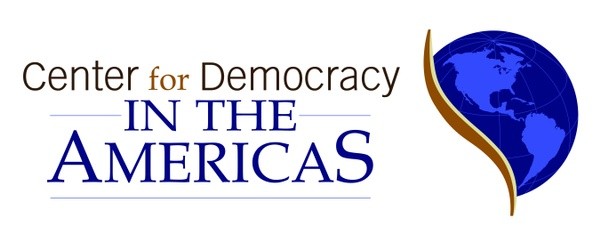
CDA publishes its Blueprint for Regional Migration
The Center for Democracy in the Americas (CDA) has published its “Blueprint for Regional Migration,” a new approach to regional migration which builds on and adapts a private-facing document produced for the Biden-Harris transition team.
During the Transition and first 30 days, the Biden-Harris administration took key steps toward resetting the tone in U.S. immigration discourse. CDA welcomes new policies and directives and encourages the Biden-Harris administration to consider this Blueprint as it continues to chart the path forward for implementing its vision.
The Blueprint for Regional Migration outlines a detailed, integrated, and sequenced approach to address regional migration in an orderly, efficient, and humane manner, through recommendations phased over four years directed to the United States government, other regional governments, and critical international and civil society stakeholders. It proposes taking coordinated actions in four critical lanes:
- U.S.-Mexico Border Management;
- Regional Solutions – protection and enhanced complimentary pathways for safe, orderly, and regular migration;
- In-region Dynamics – root causes and reintegration services and;
- Preparations for a New Normal.
The Blueprint prioritizes North American and regional leadership and cooperation, is based in regional political and economic realities, and considers the impact of the COVID-19 pandemic and Hurricanes Eta and Iota. It offers a new approach to regional migration that:
- Restores U.S. values;
- Acknowledges the continual nature of migration flows in the region;
- Affords protections for and respects the rights of would-be migrants, migrants, asylum seekers, and refugees from El Salvador, Honduras, Guatemala, and Mexico, as well as provides access to new economic opportunities;
- Champions U.S. and North American leadership;
- Promotes North and Central American cooperation on regional solutions;
- Takes steps to enhance safe options in source countries and normalize flows in ways that will meet the rights of migrants and refugees, as well as the commitments and needs of the U.S. and other regional actors and;
- Stresses the importance of medium- and long-term engagement in the region to tackle the root causes of migration, including violence and insecurity, lack of economic opportunities, failures in democratic governance, and the climate crisis.
It is past time to break the cycle of emergency response in terms of managing regional migration. To that end, the Blueprint proposes actions to lay the groundwork for medium- and long-term progress toward solutions. At each stage of implementation, the Blueprint outlines steps needed to secure agreements, commitments, and the implementation of policies and programs.
The document may be accessed here.


